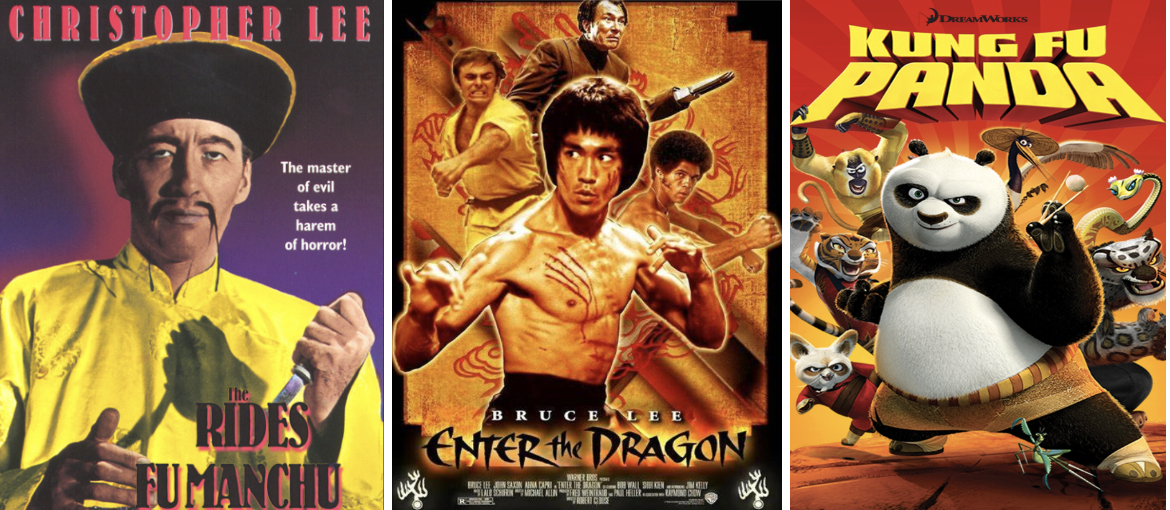
Disney’s narratives about Mulan were designed to differentiate from the other princesses regarding nationality, personality, or cultural background (Ya-Li & Chen, 2021). However, this is not the first time Hollywood has incorporated Chinese culture into its films, Chinese elements such as clothing, language, and regions are commonly featured in Hollywood productions over the years, and narratives containing those components can influence Westerners' views of Chinese. From the late 1890s to the early 1900s, the image of Chinese characters in Western films transformed from weak and evil to strong and righteous thanks to the martial artist Bruce Lee (Chen et al,.2017). In new centuries, the "Kung Fu Panda" series (2008–2016) represented other typical Hollywood films that successfully integrated Chinese culture.

The representation of Chinese traditional culture in Hollywood movies can be examined through the lens of postcolonialism, which involves the process of hybridization and globalization of the culture industry (Wang,2005). Disney's engagement with Mulan reflects the hybridity that combines the cultural exchange between East and West, as the inspiration from the original ballad but the adaption based on heroineism. Moreover, according to Amireh and Boehmer (1996), cultural hegemony is a key component of Western postcolonialism that is often disseminated through media, education, language, and so on. Disney adapted Mulan's character into that of an American heroine, aligning with American culture by disseminating heroineism beliefs.
It is important to highlight that, postcolonialism can result in creative narratives and transnational collaboration between Western and Eastern cultural industries,whereas it can also lead to cultural appropriation or misrepresentation.